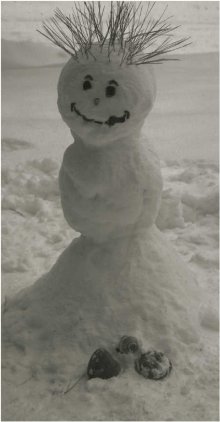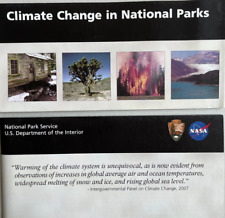
Species don’t evolve faster in warmer climes as had been thought; rather, it appears to be cooler, more temperate, regions that crank-up speciation rates (the process in which one species splits into two). This surprising conclusion has been drawn by University of British Columbia (UBC) researchers who have charted the genetic family tree of 618 mammal and bird species in the Americas over the last few million years.
“It’s been long established that the tropics have more species, but it’s not clear why,” said UBC zoologist Jason Weir. “The common assumption is that species simply evolve faster in warmer climates.” To better understand the evolutionary effects of temperature, Weir and mentor Prof. Dolph Schluter analyzed the DNA of species that are closely related to one another.
But while cooler temperatures might increase speciation, they don’t necessarily mean more species, as the higher speciation rate is counteracted by a higher extinction rate. Weir speculates that this is likely due to more intense climate fluctuations.
“In comparison, even though there is a lower speciation rate in the tropics, the stable environment contributes to an equally low extinction rate. As a result, more species survive. This could help explain why there are more species in general in warmer climates,” explained Weir. “In other words, there’s a higher turnover of species in places like Canada, making it a hotbed of speciation, not the Amazon.”


















Comments are closed.